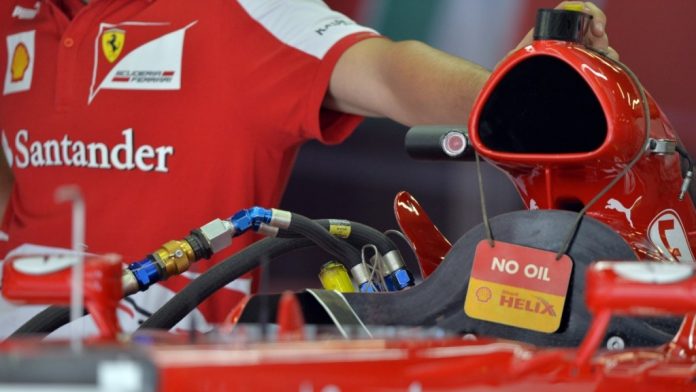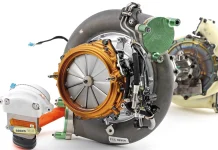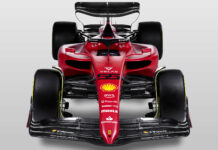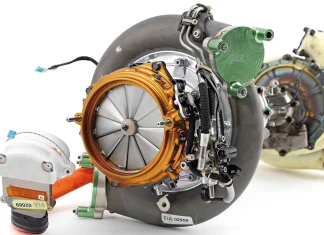Maximising performance while on austering fuel consumption is the constant target set by mighty competitive Formula 1 environment in this new hybrid era.
For FIA it is extremely important this competitive environment to be road relevant and so this area is governed and outlined by set of regulations.
In fact 99% of the compounds used in the racing fuels are the same as the road fuels. Competitive edge is found in remaining 1%, by developing unique formulations and where chased marginal gains are found, thus giving the potential edge over the competition. Here we talk about full force of innovation added by development specialists from oil companies on a mission to find the best intermix of over 200 compounds for racing fuel.
In the era of hybrid power trains, internal combustion engines that are integral part of hybrid vehicles follow new trend of small fuel efficient engines, capable of producing impressive performance. Formula 1 V6 turbo’s where introduced back in 2014 to showcase exactly this, and this engines opened a constant development war between fuel suppliers to give the teams and their partners optimal fuel for much needed advantage.
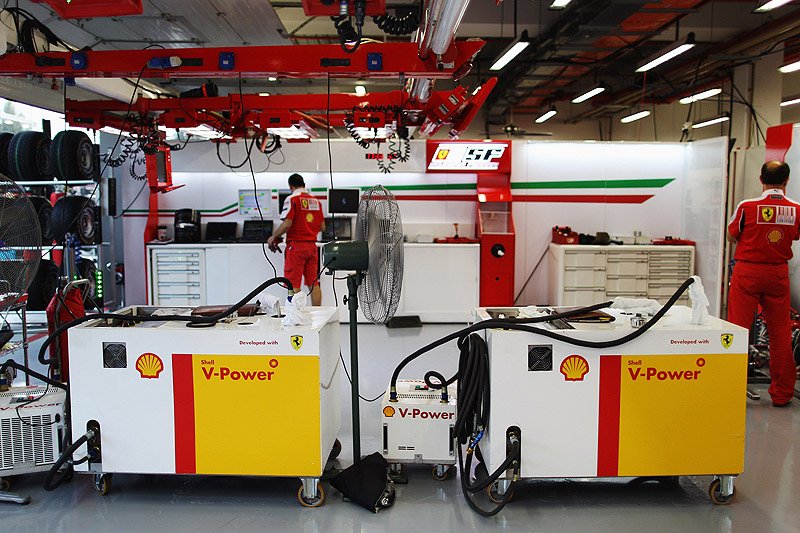
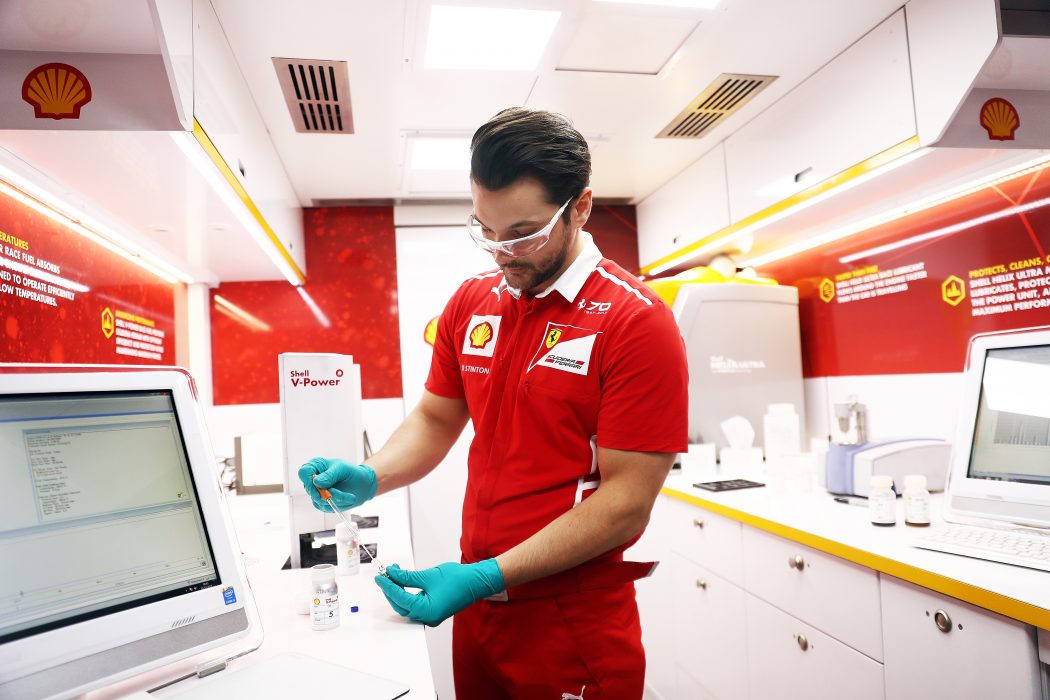
Comprehend analytical support done at track side laboratory is needed by fuel and oil specialists from oil companies, critical support to verify that their products comply with FIA outlined regulatives.
The technique used for this kind of analysis is gas chromatography done with standard instruments, meaning breaking the fuels into its individual components. Further down for complete analysis, a software package is used to form a set of statistical data from all the samples, all this is done using strict Formula 1 standard operating procedures.
Revving at 15 000 rpm, hitting staggering temperatures in excess of 1000oC , this modern turbo engines are under severe stress but fully protected from friction and high temperature by modern lubricants with reduced – optimal viscosity. This kind f lubricant viscosity will give the engines lees drag between elements and eventually more horsepower. The measurement of viscosity is done with the highly precise SVM Viscometers.
According to Ferrari’s innovation partners Shell their race fuels and race lubricants delivered around 20% of Scuderia power units gains through out the hybrid era. And if we add into account all the controversies about the oil burning inside combustion in recent years done by some teams, FIA interference to clamp this down the picture is clear about the possibilities for constant innovation and development work done to chase every little gain that will give them edge over competitors.
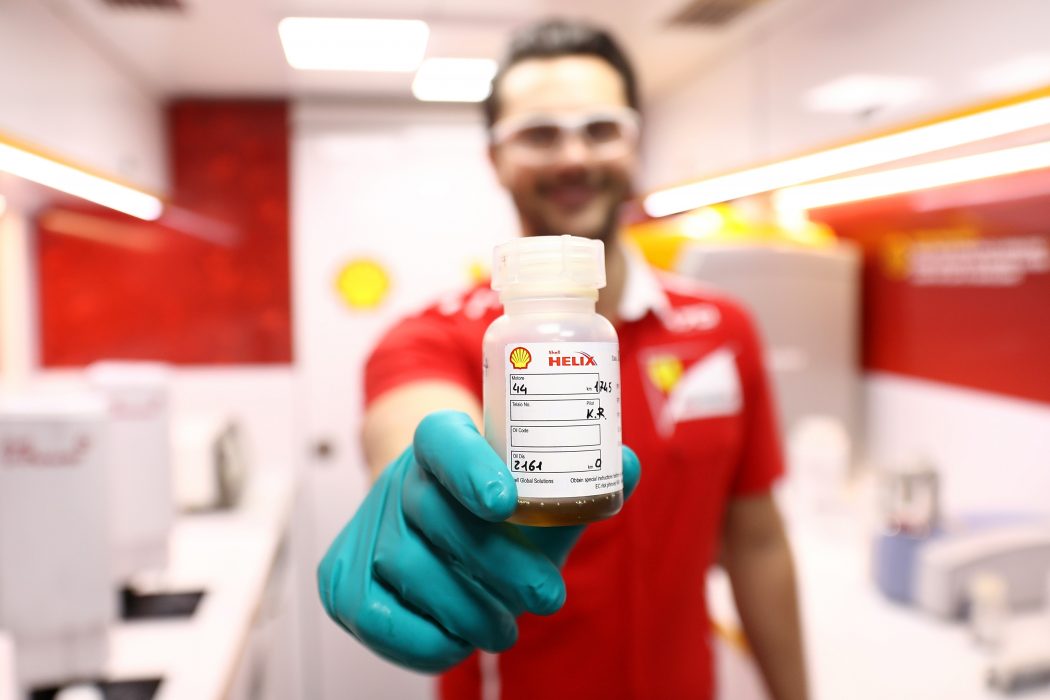
With new Formula 1 regulations that are now set to start from 2022 season, a new battleground is opening triggered with the new rule that require teams to use biofuels.
Shell development manager Benoit Poulet in interview for motorsport.com:
“The interesting aspect of the car performance is similar to when you put a [ethanol based] cooling gel on your fingers – you can feel the cooling effect that you get. It will be the same for the engine.
“It will be able to cool some parts of the power unit and that could be quite beneficial. We are working hard on it.
“The properties are certainly quite interesting for combustion, and I think we can do some interesting things. We have definitely found at the moment that this cooling effect is good for the engine.”
With new rules teams must run their engines with 10% blend of advanced sustainable ethanol. Cooling characteristic of ethanol it is believed to have potential for new development directions for Formula 1 engine suppliers and their fuel and lubricant partners, searching for decisive leap towards winning.
How they will choose to use this cooling effect added by ethanol is up to the teams, some will try go gain straight horse power, others can opt for different cooling arrangement that can further have positive effect on cars aerodynamics.


